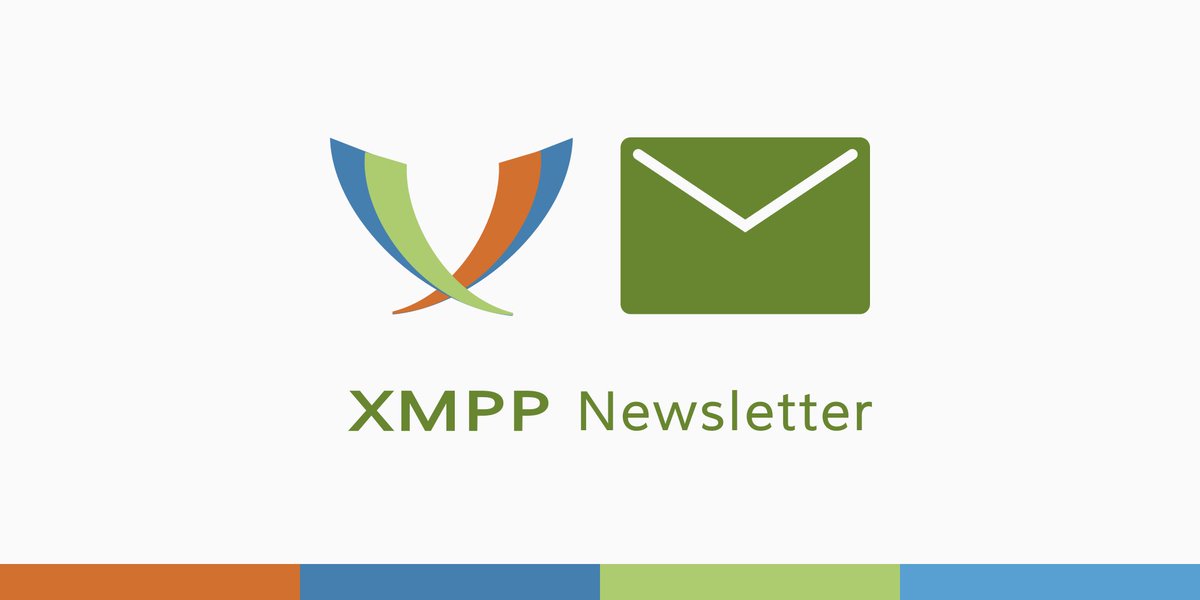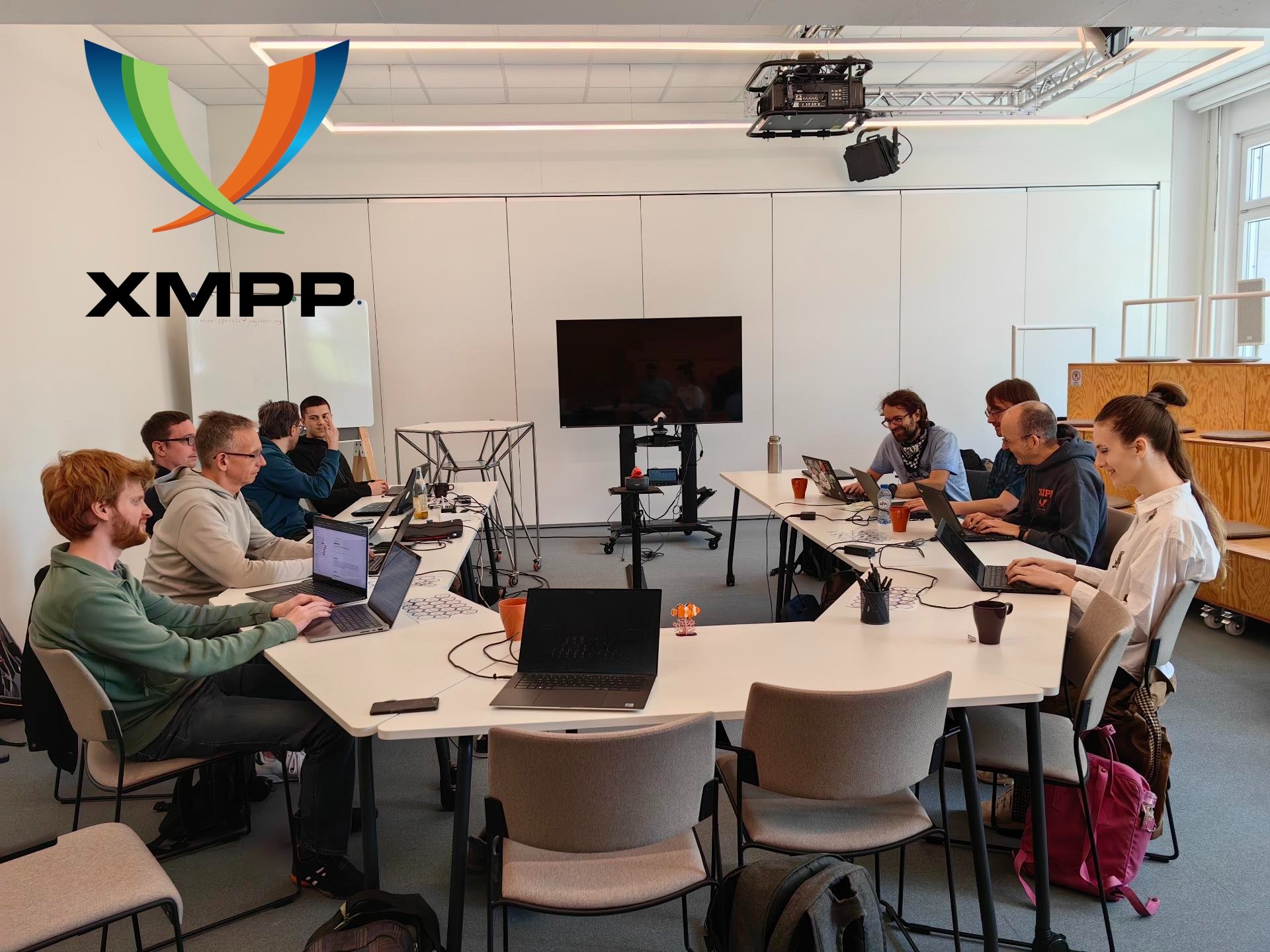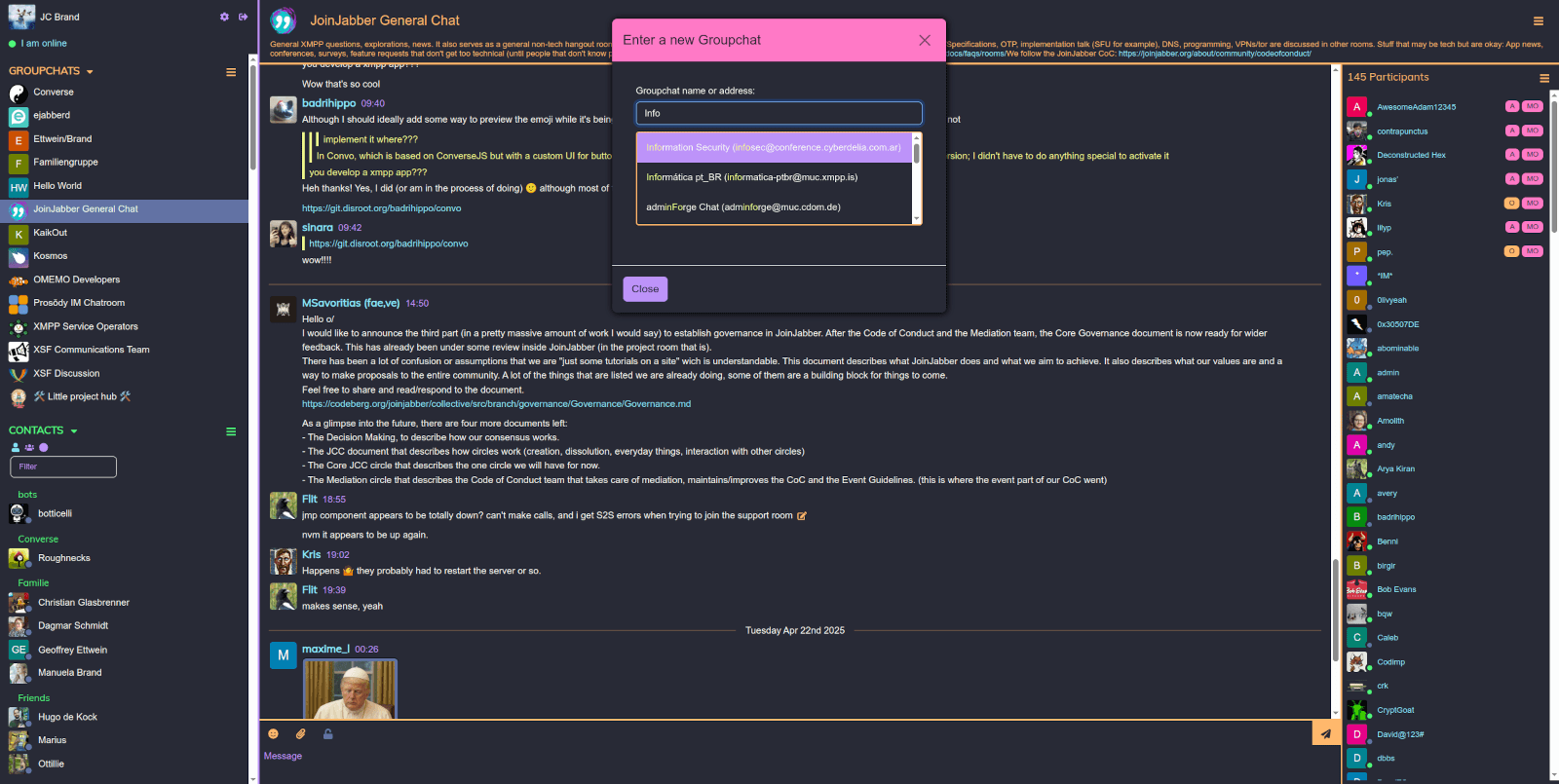When you’re moving quickly in a startup, taking shortcuts in your tech stack is tempting. A quick workaround here, a temporary fix there, with plans to tidy it all up later. But later can easily turn into never.
Those early decisions, however small they seem, have a habit of sticking around. Over time, they slow you down, create technical debt, and make it harder to scale.
This blog looks at how to avoid common startup tech mistakes by making smarter choices early on. You don’t need to build the perfect system from day one, but you do need to build something you won’t regret.
The risks of rushing your tech stack decisions
Your tech stack is the foundation of your product. Making quick choices to just keep things often comes with hidden costs.
Common examples of early tech shortcuts
-
Choosing tools based on ease rather than long-term fit
-
Using third-party services without proper integration planning
-
Avoiding proper system design to save time
-
Stacking too many frameworks or libraries to plug gaps quickly
-
Skipping documentation, testing, or version control in the name of speed
What could go wrong?
Here are some of the common risks that come with rushing tech stack choices:
|
Risk
|
Impact
|
|
Technical debt
|
Every short-term choice adds friction later. Over time, progress slows as the team spends more time managing issues than delivering value.
|
|
Security gaps
|
Fast fixes can lead to poorly secured systems, especially when sensitive data is involved or best practices are skipped.
|
|
Fragile foundations
|
A patchwork stack becomes hard to maintain, debug, or scale, and onboarding new developers becomes a headache.
|
|
Scaling problems
|
Systems built for “now” can’t always support growth. Quick fixes often ignore load handling, resulting in slowdowns or breakdowns at scale.
|
|
Innovation slowdown
|
When all your energy goes into fixing past decisions, there’s little room left for building what’s next.
|
The business cost of technical shortcuts
They directly impact a startup’s ability to grow. From wasted dev time to lost customer trust, the cost of early shortcuts adds up fast. That’s not the kind of overhead most startups can afford.
The long-term cost of technical debt
We touched on technical debt earlier as one of the key risks of rushing early tech decisions. Now let’s look at it more closely, because for many startups, it’s the most persistent and costly issue that comes from cutting corners.
Technical debt is the build-up of compromises made during development, from skipping tests and rushing features to patching bugs without addressing their root cause. These short-term choices eventually slow everything down, making it harder and more expensive to move forward.
Let’s break down the long-term impact:
The hidden costs of technical debt
|
Consequence
|
What it means
|
|
Slower development
|
Developers spend more time fixing old issues than building new features, reducing overall velocity.
|
|
More bugs, more fire-fighting
|
Poorly maintained code leads to more frequent and severe bugs, increasing customer support and downtime.
|
|
Low team morale
|
Constantly dealing with messy code creates frustration and burnout, which can hurt retention.
|
|
Harder to scale
|
As the product grows, tech debt makes it harder to add new features or pivot without causing breakages.
|
|
Security risks
|
Outdated code or rushed fixes often introduce vulnerabilities that can be exploited later.
|
|
Increased costs
|
Fixing problems later is far more expensive, both in time and budget.
|
A Stripe report found developers spend up to
42% of their week
handling technical debt. CIO research suggests
20–40% of IT budgets
are spent addressing it.
When it gets out of control
Technical debt can halt progress entirely. We’ve seen startups and scale-ups locked into outdated or fragmented systems, where maintaining or updating anything becomes nearly impossible.
Here are a few real-world scenarios:
-
Legacy overload
: Systems running well past their intended lifespan, no longer supported or secure.
-
Integration failure
: Poorly connected tools and services that don’t talk to each other, slowing everything down.
-
Scaling bottlenecks
: Infrastructure so rigid that every new feature or user pushes it closer to breaking point.
Security crises
: Outdated code with known vulnerabilities, eventually forcing a full rebuild after a breach.
What startups can do about it:
You can’t avoid technical debt entirely, but you can manage it by:
-
Prioritising clean, maintainable code from day one
-
Setting time aside for refactoring and testing
-
Regularly reviewing architecture decisions
-
Choosing tools that support long-term scalability, not just quick wins
Startups that manage technical debt proactively stay more adaptable, secure, and focused on building the future.
Why scalability matters from day one
Tech built in a rush might work for an MVP (minimum viable product), but without scalability and maintainability in mind, it becomes a liability, something we cover in more detail in our post on
common MVP mistakes.
60% of startups face major scalability issues within their first three years
(McKinsey)
. These problems aren’t just technical; they slow growth, frustrate users, and drain time and resources.
Here’s why it’s critical to get it right from the start:
1. Scaling later is harder and more expensive
Retrofitting scalability into an existing product or tech is rarely clean. The cost (in both time and money) often outweighs what it would’ve taken to plan it earlier.
2. Maintainable code accelerates growth
Clean, modular code helps teams ship faster, fix bugs quicker, and onboard new engineers smoothly. Poor code slows everything down.
3. Users don’t tolerate failure
Unscalable systems break under pressure, which is exactly when users start showing up. That erodes trust, kills momentum, and makes customer retention harder.
4. Bad tech choices can limit your future
Tech that isn’t built to adapt can lock you into tools, vendors, or architectures that no longer serve your goals. That makes pivots and product evolution harder.
Early-stage teams often defer these decisions to “later.” But in startups, later usually means
too late
. Thoughtful, scalable, and maintainable tech choices aren’t a luxury but a growth strategy.
Doing it Right from the start: In practice
Now that we understand why scalable and maintainable tech decisions are crucial early on, here are some practical strategies to help your startup avoid quick fixes and build a strong foundation.
1. Prioritise Root Cause
Don’t just patch, find and fix the real problem. For example, optimise slow database queries instead of repeatedly fixing slow responses.
2. Adopt Agile
Work in short cycles and use user feedback. Many fintech startups rely on agile to adapt quickly.
3. Write Clean, Modular Code
Keep code simple and flexible. Use modular design to evolve without costly rewrites.
4. Test Early
Use automated tests early to catch bugs. Improve stability by prioritising testing from the start.
5. Review Regularly
Hold frequent code and architecture reviews. Startups
BoardClic
and
Metaito
used expert
code and architecture reviews
to ensure scalable, robust platforms.
6. Choose the Right Tech
Pick tools that fit your goals and skills. Many startups use scalable, developer-friendly stacks like Elixir.
7. Document Clearly
Keep documentation up to date to help teams understand decisions and onboard new members fast.
8. Don’t skip security checks
It’s easier to fix security issues early than patch things up later. Audits, such as
SAFE (Security Audit for Erlang and Elixir)
, helped startups like
Koll
and
Twine
ensure the security of their systems early on, making it easier to scale with confidence and avoid nasty surprises.
Starting with these habits cuts costly fixes later and sets your startup up for lasting growth.
Balancing speed and quality without overengineering
Startups must deliver quickly but avoid building overly complex solutions too soon. The key is focusing on essential features that address real user needs, while keeping the system flexible enough to adapt later. This helps avoid wasted effort on premature optimisation or unnecessary features.
For more on this, check out our post:
Common MVP mistakes: How to build smart without overbuilding
.
Build now, avoid startup tech mistakes later
Startups move fast, but speed shouldn’t come at the cost of sustainability. Those early quick fixes and temporary solutions often end up sticking around. Over time, they slow you down, create technical debt, and make it harder to grow.
You don’t need to build the perfect system from day one. But you do need a foundation that won’t hold you back.
Make smart, thoughtful tech choices early. Keep things simple. Review regularly. Focus on value that lasts. That’s how you stay fast without sacrificing your future.
If you’re ready to avoid common startup tech mistakes and build something that lasts, Erlang Solutions can help, so
let’s talk
.
The post
Avoiding Common Startup Tech Mistakes
appeared first on
Erlang Solutions
.




